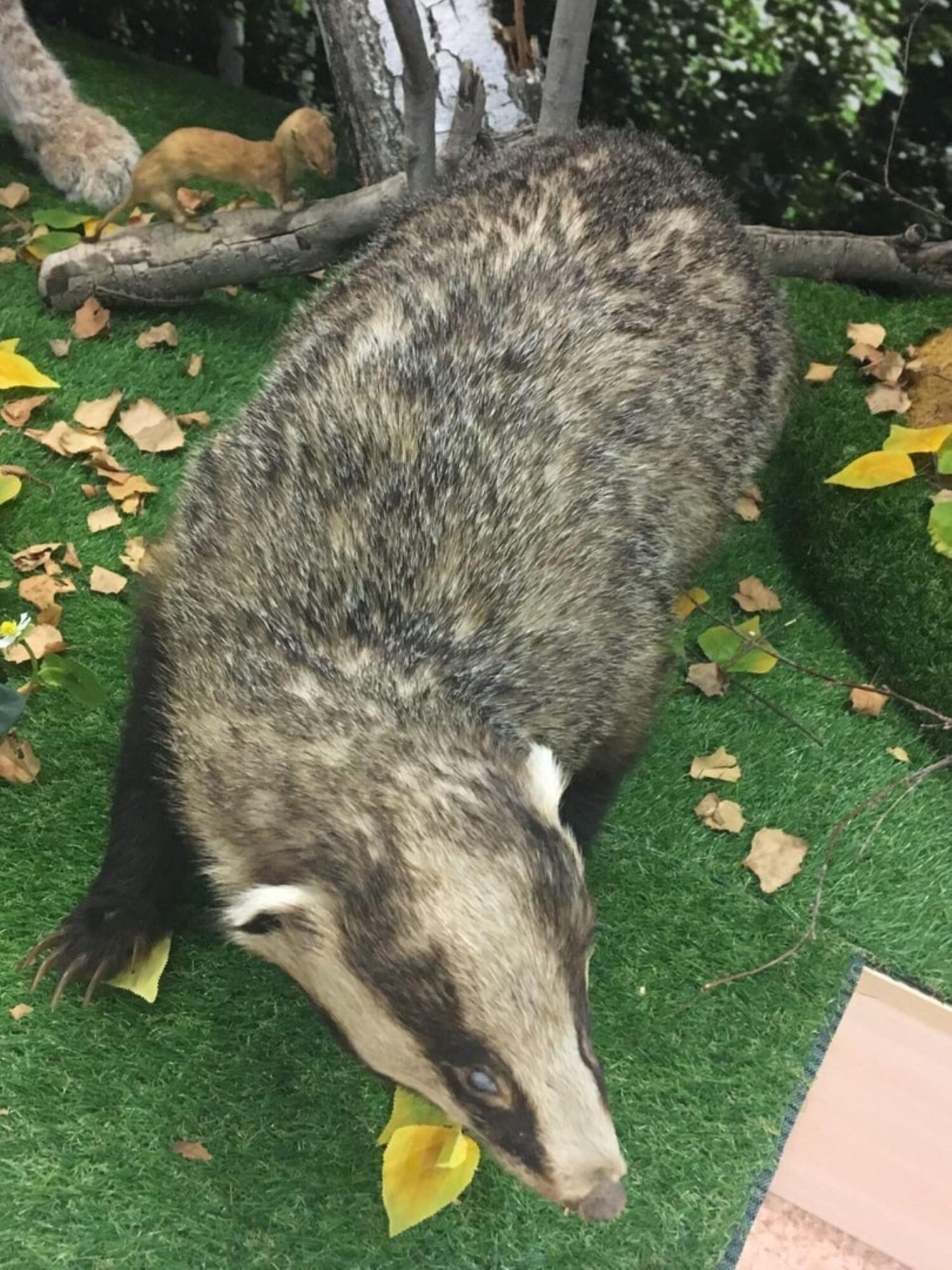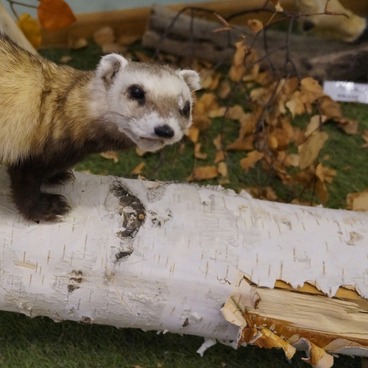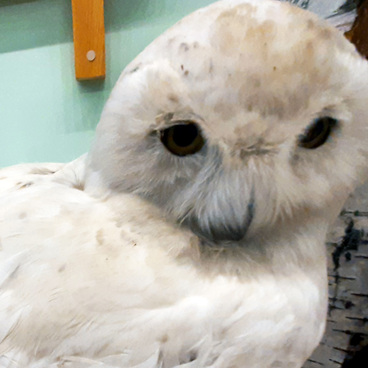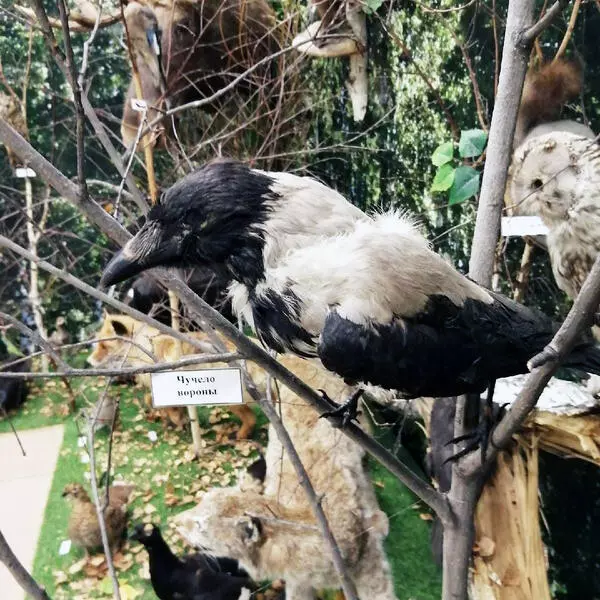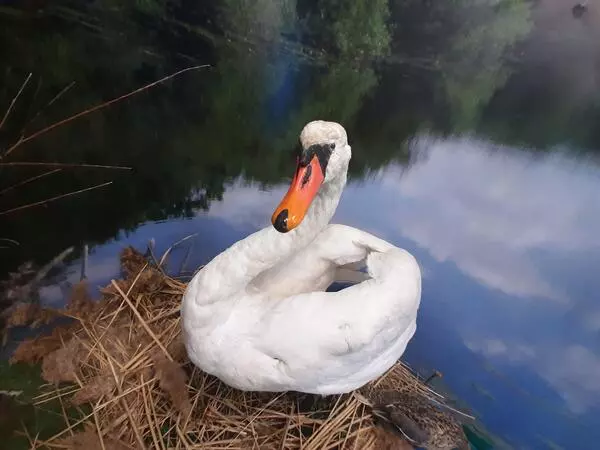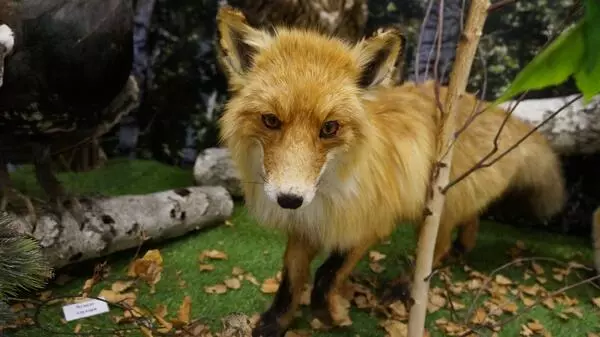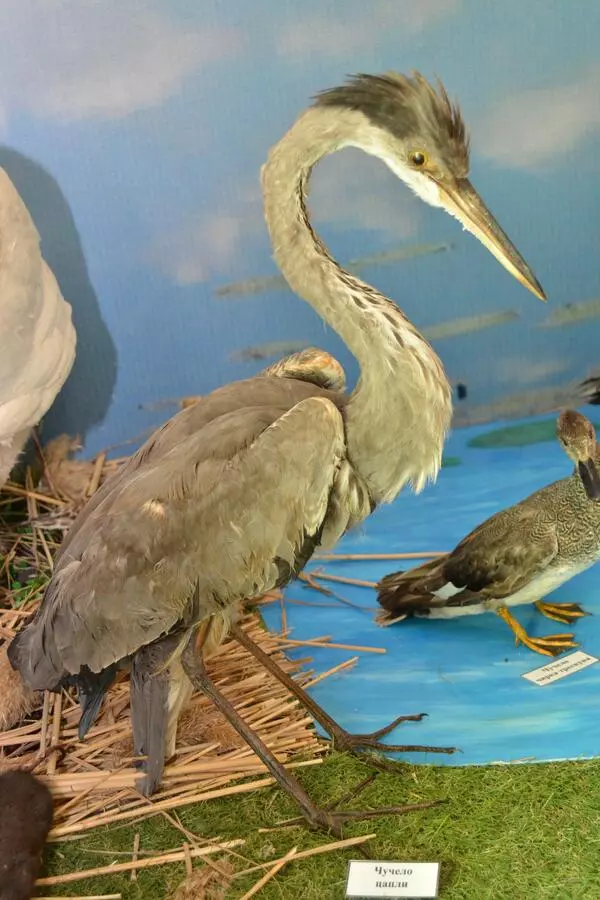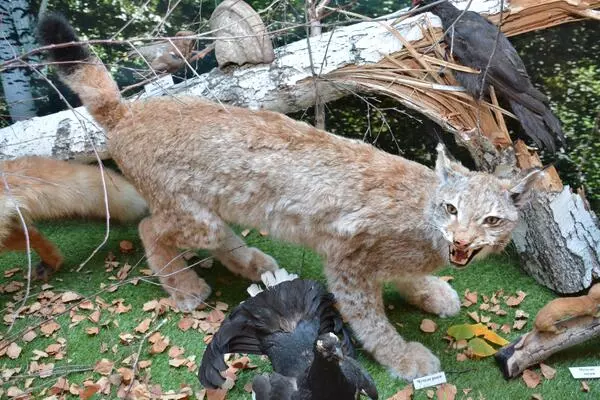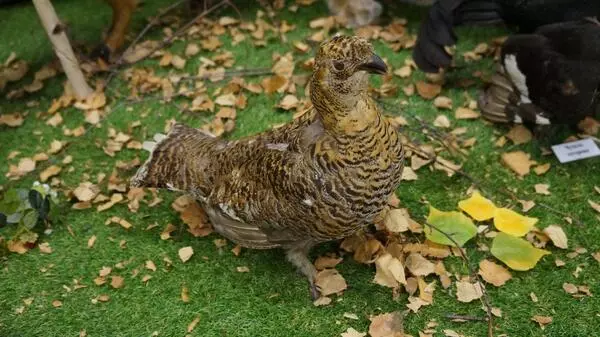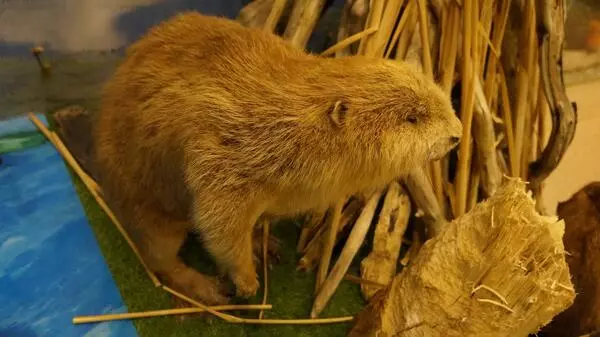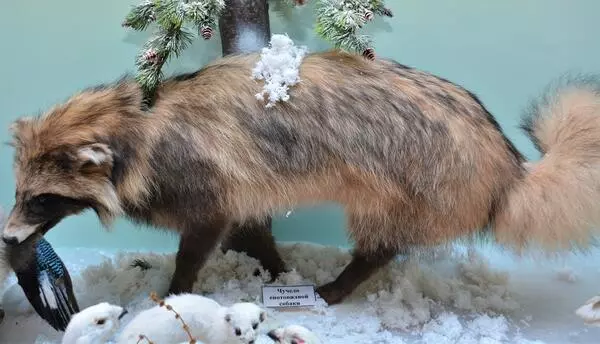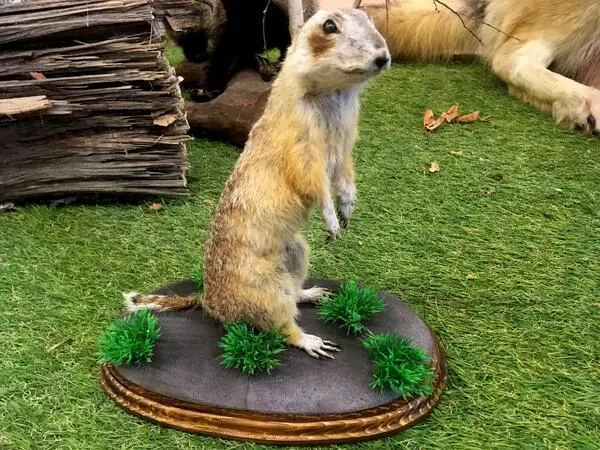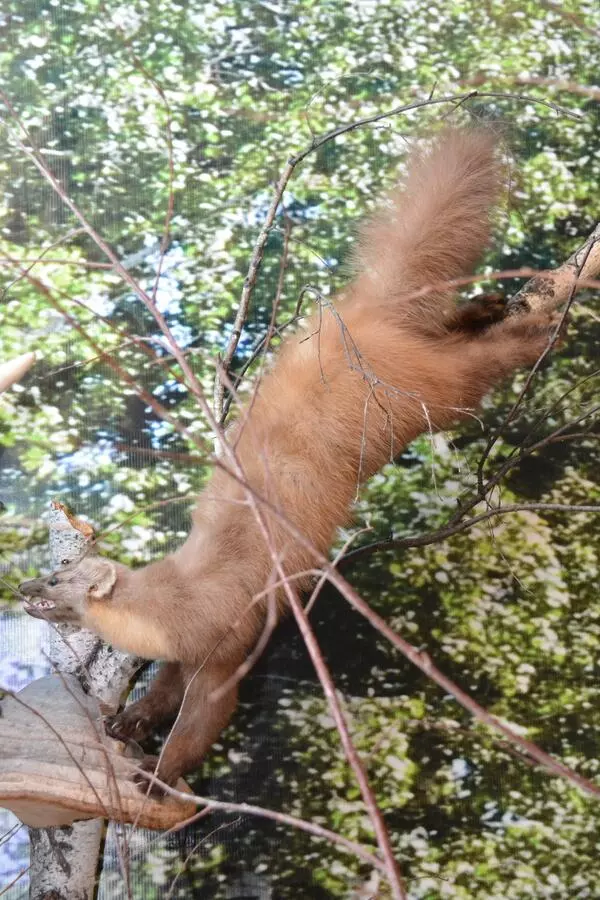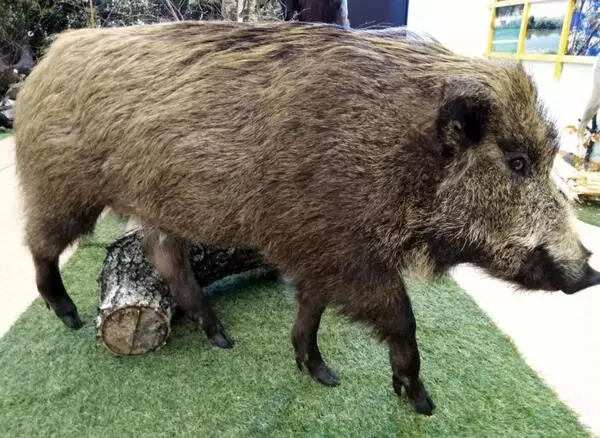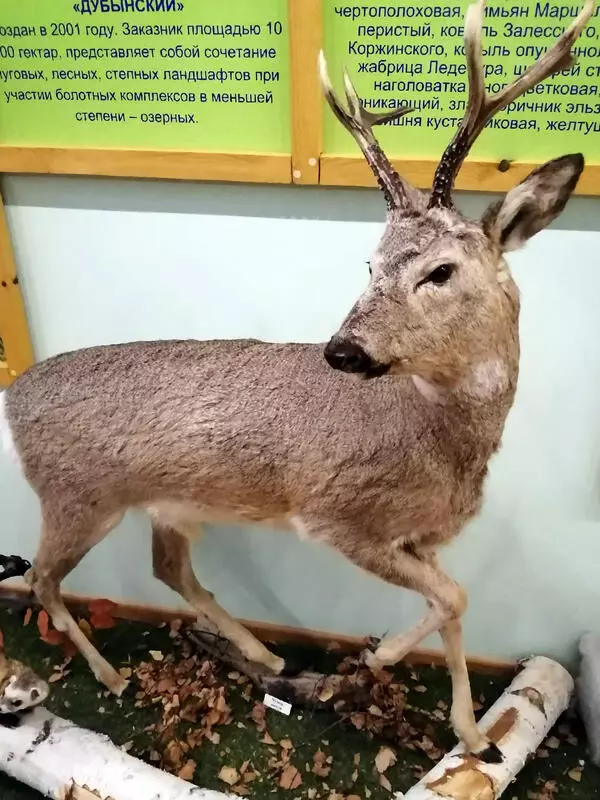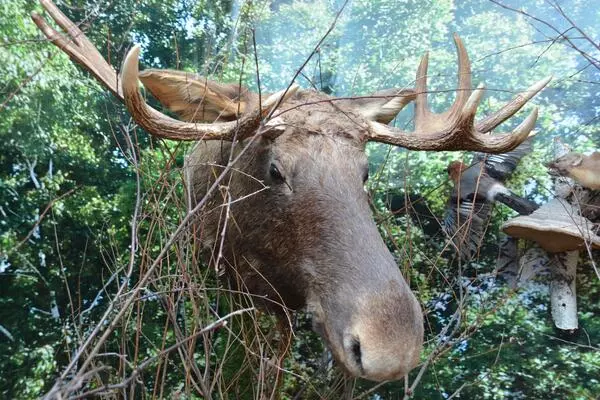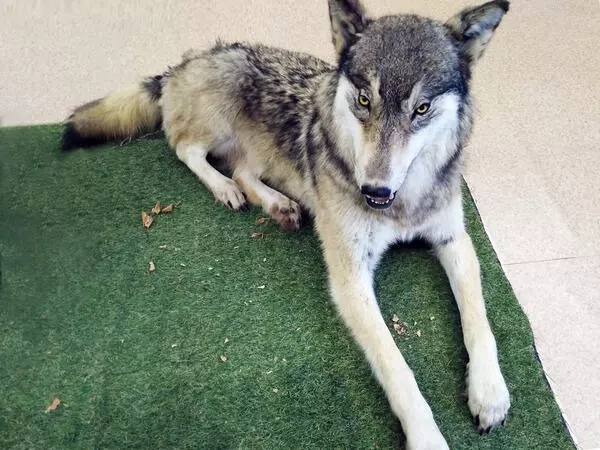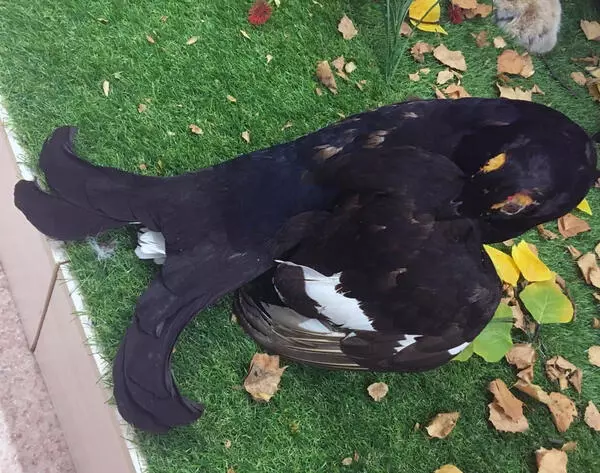The European badger is a relatively large animal in the family MustElidae. The badger’s body length varies from 60 centimeters to 90 centimeters, while its weight can reach 24 kilos. The badger can weigh up to 34 kilos in fall before the winter sleep. The badger’s massive body has a peculiar shape. It looks like an elongated cone with its front end (the chest and snout) growing extremely narrower towards the nose. Its short and massive feet touch the ground with their entire surface. Its toes have long but blunt claws the animal uses to dig burrows. The badger has coarse fur with an undercoat. Its color is brownish gray with a silver tint. There are two typical dark bands running from the badger’s nose to its small round ears.
The badger inhabits mixed forests and taiga, while it is less likely to be found in mountain forests. In the south, its distribution includes steppes and semi-desert steppes. The badger prefers dry areas with a water body or a swale nearby with a better food supply. The animal likes living in setts, or burrows, it digs in the slopes of sandy hills, forest ravines, and gullies. For generations, the badger tries to stick to its favorite locations. According to special geochronological studies, some large setts are a few thousand years old.
Such old setts are complex multi-level underground structures. These setts can include five kilometers to ten kilometers of tunnels, a few spacious nesting chambers with dry bedding located at a depth of five meters, and up to 40 or 50 entrances and airholes. Nesting chambers are usually situated beneath the impervious bed to prevent the ingress of rainwater and ground flows. Single animals use simpler setts with one entrance and one nesting chamber. From time to time, the badger cleans its sett by throwing out old bedding. Badger setts can be inhabited by other species, such as the fox and the raccoon dog.
The badger is a nocturnal animal, although it can be often seen in daylight—in the morning and in the evening. The animal is not aggressive toward predators and humans. Rather, it chooses to scurry off and hide. However, if enraged, the badger can hit the offender with its nose, bites them, and then rushes away.
The badger inhabits mixed forests and taiga, while it is less likely to be found in mountain forests. In the south, its distribution includes steppes and semi-desert steppes. The badger prefers dry areas with a water body or a swale nearby with a better food supply. The animal likes living in setts, or burrows, it digs in the slopes of sandy hills, forest ravines, and gullies. For generations, the badger tries to stick to its favorite locations. According to special geochronological studies, some large setts are a few thousand years old.
Such old setts are complex multi-level underground structures. These setts can include five kilometers to ten kilometers of tunnels, a few spacious nesting chambers with dry bedding located at a depth of five meters, and up to 40 or 50 entrances and airholes. Nesting chambers are usually situated beneath the impervious bed to prevent the ingress of rainwater and ground flows. Single animals use simpler setts with one entrance and one nesting chamber. From time to time, the badger cleans its sett by throwing out old bedding. Badger setts can be inhabited by other species, such as the fox and the raccoon dog.
The badger is a nocturnal animal, although it can be often seen in daylight—in the morning and in the evening. The animal is not aggressive toward predators and humans. Rather, it chooses to scurry off and hide. However, if enraged, the badger can hit the offender with its nose, bites them, and then rushes away.
